Last-Minute NYC Holiday Gift Guide 🎁
We’ve created a holiday gift guide with presents for the intrepid New Yorker that should arrive just in time—

Untapped recently joined the Municipal Art Society on a tour of historic Manhattanville led by Eric Washington, a long-time resident as well as author of Manhattanville: Old Heart of West Harlem. This West Harlem neighborhood is well known today for Columbia University’s major expansion, but as our tour guide Eric Washington notes, it has a much deeper history that often goes unrecognized.
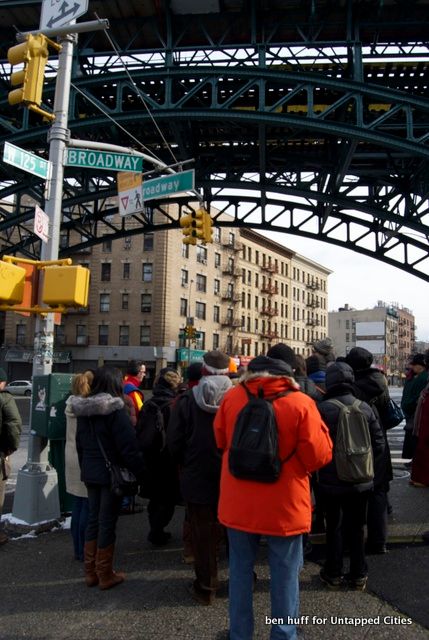
Meeting at the corner of 125th St. and Broadway under the 1 train we learned that this area was organized as a village in 1806 at the very spot we were standing. Its low-lying topography allowed for easy access to the Hudson River, and it was originally a major outpost of the more established Harlem Village farther to the east. The name Manhattanville is believed to have come from 125th street’s original name Manhattan Street, named by the Harlem chamber of commerce. The unique bend of 125th is a legacy of the original layout of Manhattan street, which was officially called that until replaced by 125th in 1921. Being older than the grid, Manhattanville’s borders have changed considerable overtime, and our guide noted Mayor Koch’s recent occupied burial ground at Trinity Cemetery on 155th st. was once called Manhattanville Cemetery.
Manhattanville provided high land with sweeping views of the Hudson and was a popular area to build farms and uptown mansions. Eventually resident Daniel F Tiemann relocated the Tiemann & Company Paint & Dye Works to what is now 560 Riverside Dr. after the discovery of a fresh water spring in 1832. This marked the start of industrialization in the area, and after Tiemann made his fortune he became mayor of New York (just Manhattan then) from 1858 to 1860. Tiemann, son of German immigrants, brought many fellow Germans to Manhattanville to work in his factory, and marked one of the first waves of immigrants to settle the area.
Walking east along 125th St. we turned north along OId Broadway, a small stretch of road that more closely mirrors what was the original Bloomingdale Road. Bloomingdale was a major artery for commerce and travelers, its crossroads with the east/west Manhattan St. and nearby wharfs on the Hudson were instrumental in creating Manhattanville. On this small street we stopped briefly at the Old Broadway Synagogue, a historic religious building that once served the large Polish and Russian Jewish population that settled Harlem in the 1890s. Many uptown Synagogues have been converted to churches as the Jewish population has resettled in other sections of the city. Old Broadway Synagogue rebukes this trend and still has an active service, contributing to the continuing diversity of upper Manhattan.
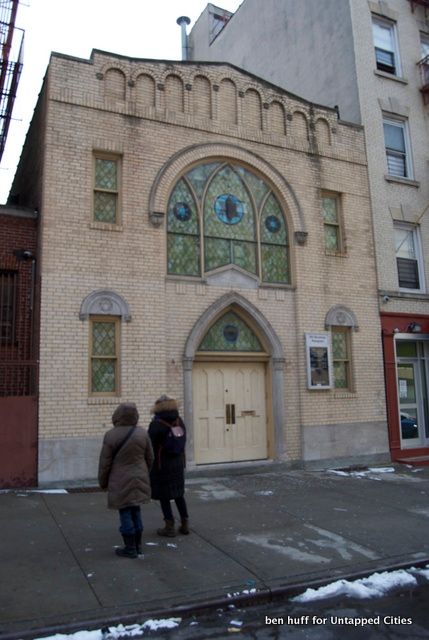
Continuing on, we got a nice respite from the cold with a stop inside Saint Mary’s Episcopal Church. This landmark building was completed in 1909, replacing an original wood structure from 1824. The Church was founded by Jacob Schieffelin, who also helped lay out the first streets of Manhattanville. He had fought in the Revolutionary War, but as Manhattan was a hotbed for Tories and British loyalism he actually fought against the United States. After being captured in Indiana, he escaped prison in Williamsbur, Va and made his way back to New York City where the former officer married a wealthy Quaker and pacifist. St. Mary’s hosts the longest continuing congregation to meet in the same spot in Harlem. The church is famous for being the first Episcopal Church to abolish the pew rent in 1831, a charge used to raise income by renting pews that also created a social status amongst church members. The importance of the church, and its beautiful gothic details were noted when it was given official landmarks status in 1998. Schieffelin’s legacy is safe with St. Mary’s as he and his wife are buried right in front of the side entrance.
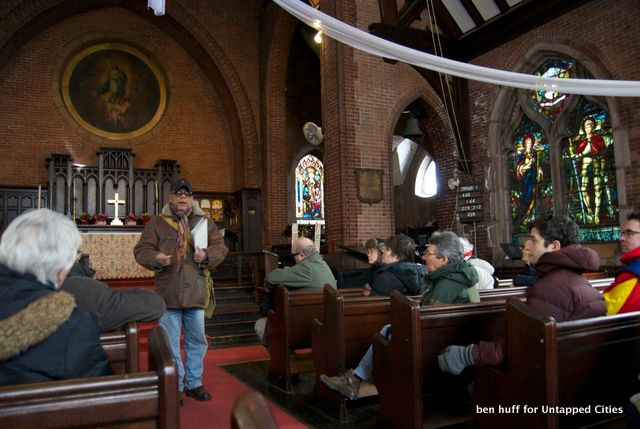
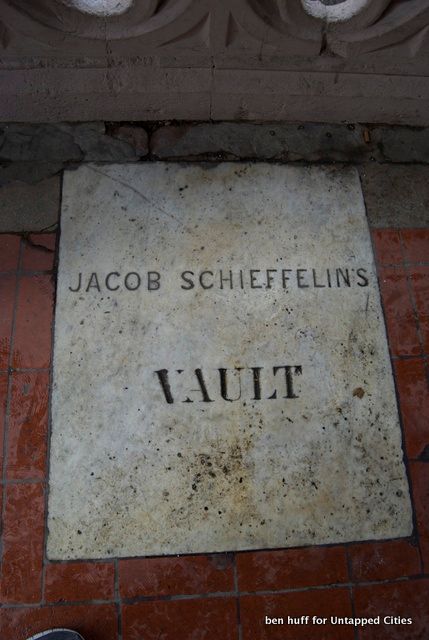
Next we toured a stretch of Amsterdam Ave where the city’s first cable car tested, running along what was then 10th avenue from 125th up to 186th St. The cable car was operated by the Third Avenue Trolley Corporation, which despite the Third Avenue in its name had cars and trolleys all over Manhattan and the Bronx and was once the wealthiest surface rail company. Nearby is an MTA bus facility that supplanted a shed that the Third Avenue company that held the cable control system, an example of a building changing owners and adapting but maintaining it’s transportation industrial use over a century.
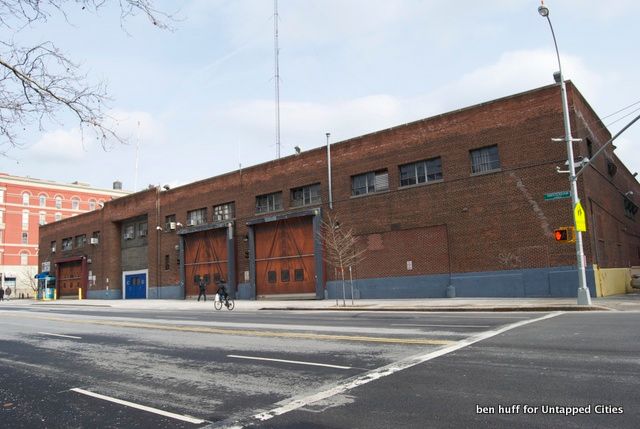
Also along this stretch is the Mink Building, formerly the Bernheimer & Schwartz Co Brewery complex. This building was completed in 1905 by German American architect Louis Oberlein, over a site formerly used by Yuengling Brewery, and was one of the largest breweries in the city. It attempted to survive prohibition, but was raided by federal agents and shut down in 1923. It was later converted into cold storage, where wealthy ladies could store their mink coats, hence the current name. It is now part of the Harlem Green development with efforts to turn it into to upscale office space. Across the street we saw La Granja, one of the few remaining businesses in Manhattan that supplies live poultry, important for the ethnic community.
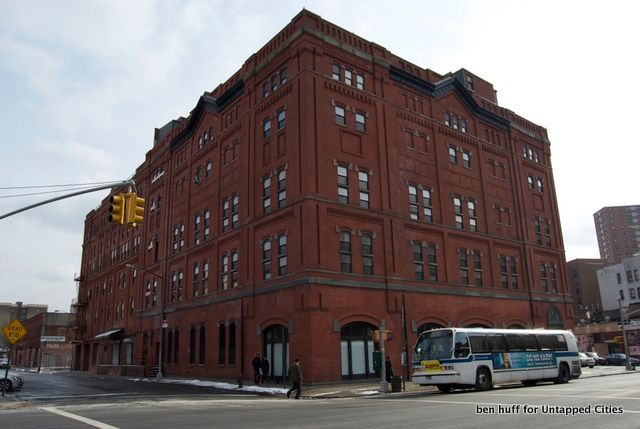
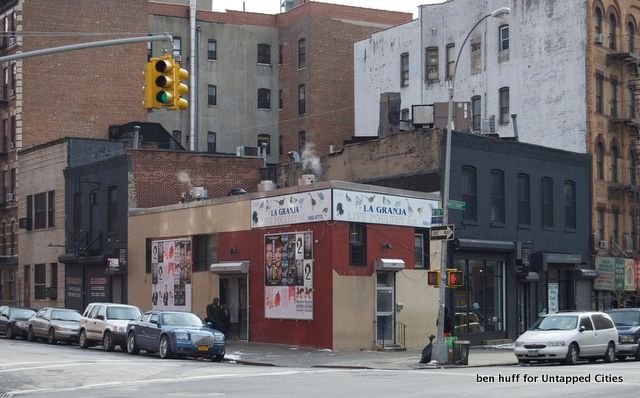
Next on the stop was a stretch on West 129th Street, home to Manhattanville Junior High. This same spot once held Manhattanville Free School, established in 1827, providing free education to the uptown community and influential later in the creation of the public school system of America. The current structure was built in 1934 and is one of the few public schools of the era not designed by C.B J. Snyder. Across the street is the Sheltering Arms pool. A strange name for a public pool, it is reference to an orphan asylum once present on the site that was established in the 1870’s. It was known for hosting half orphans, children with mothers widowed from either the Civil War or dangerous working conditions. To be placed in an orphanage at this time meant almost certain permanent separation from your family, however Sheltering Arms always returned children to their parents once they regained stability at home. Distinguished from the large warehouses commonly used for the growing number of orphans in the city, Sheltering Arms had detached cottages meant to provide a more country feel and a decentralized approach to caring for the young orphans.
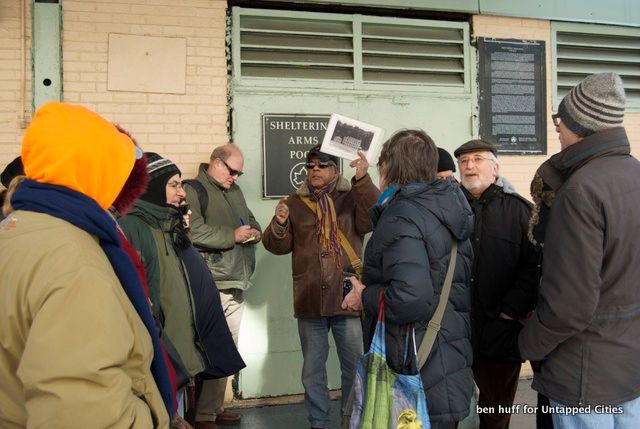
We continued back to Broadway, and stopped just outside the footprint of the new Columbia Site at the former Sheffield Farms Dairy Plant, now Prentis Hall of Columbia University. At the time it was built, pasteurized milk was important to the growing urban population, and this building was one of the largest of its kind. Its architecture, terra cotta in a shade of milky white was designed as a testament to the quality of the product inside, and they even hosted family-friendly tours. On the opposite side of the Columbia site is the former Studebaker factory, which after a decade of manufacturing luxury cars was also converted to a milk plant for Borden Dairy. Other buildings that are currently being demolished in the development footprint were once used as indoor markets, to pull street vendors off of the street. Fairway is almost all that lasts of Manhattanville’s history of food distribution, but its Manhattanville location is one of its largest outposts, and people from all over come to get products produced locally or around the world. Fairway’s presence is surely guaranteed through Columbia’s growth.
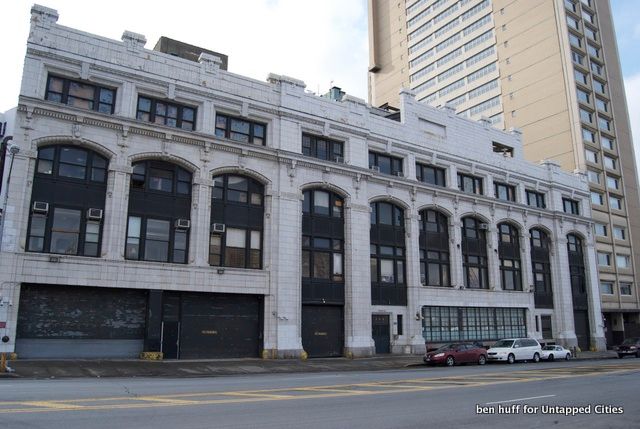
After this we had a quick stop at remnants of surface trolley lines along 12th Avenue which even have plates with the 3rd Avenue logo on it, a piece of history that the community strongly supported preserving. We also observed a large tower adjacent to the former Sheffield dairy plant, a modernist structure that houses Columbia faculty and students completed in 1969. Washington pointed out this building was probably overbuilt, but its construction occurred at the same time the community was focused on fighting Columbia’s gym expansion in Morningside Park the year before. Washington pointed out all these landmarks from beneath the Riverside Drive Viaduct, which he explained was the first bridge to traverse the valley. It extended the gorgeous Riverside Drive north, and is truly a beautiful piece of infrastructure that has recently been featured in a number of films and music videos (the author would like to add Harlem rap group The Diplomats have been filming here since the early 2000’s, Dipset son).
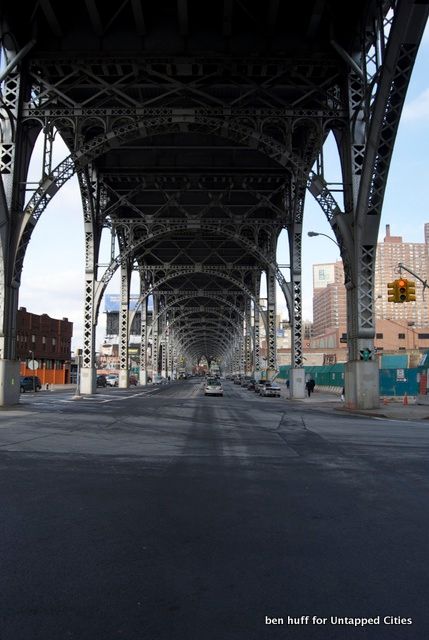
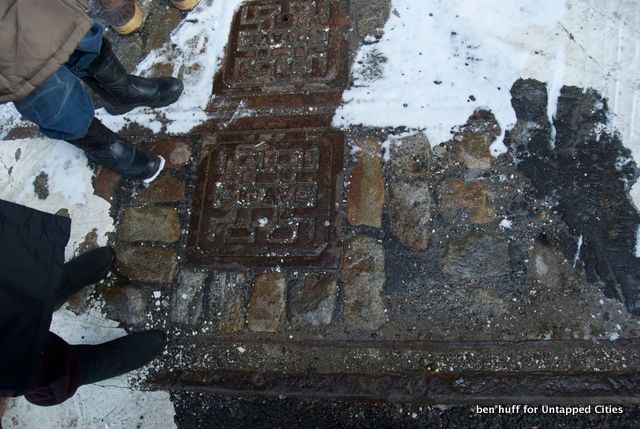
We finished the tour at the new West Harlem Piers Park. This was an excellent bookend to the tour, as it represents one of the most recent additions to the neighborhood and a prime example of its rebranding for the 21st century. The park was built on what was land once used as a municipal parking lot. The park reconnects the community to the Hudson River similar to how it was used in 1806, providing scenic views and fishing spots. The MAS awarded park was achieved through collaborative discussions between the city, community and institutional partners. Along the piers is an installation with a display of West Harlem’s history, written by our tour guide. Looking back we observed the neighborhood we had just traversed through, tracing the topography, and watching the viaducts carrying traffic, as the 1 lumbered above Broadway.
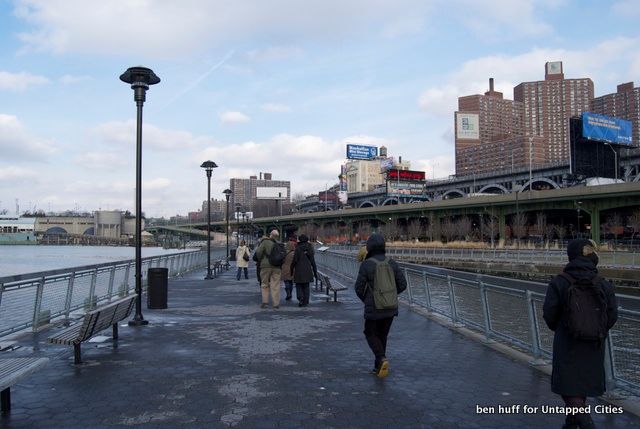
After the tour I walked back to the 125th st stop, where my day had started. I snapped a picture of the Columbia development site. In ten years a world class institution will stand on this spot, and the look and feel of Manhattanville will change again. It’s not often a neighborhood can almost completely redevelop itself, but as our tour guide pointed out, New York City, and most certainly Manhattanville, is famous for doing this. To see this neighborhood today is to see a city at work, rebuilding and positioning itself for the future. Although the urban landscape of Manhattanville will change, the Third Avenue trolley tracks and landmark names speak of its often unnoticed contributions to upper Manhattan. Columbia’s new campus may make Manhattanville the spot where cures for brain diseases are discovered, but you will still be able to walk a few blocks to get the best Cuban sandwich from Flordita.
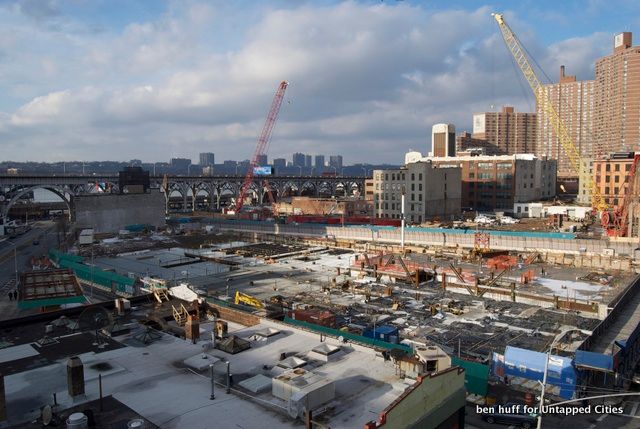
Subscribe to our newsletter